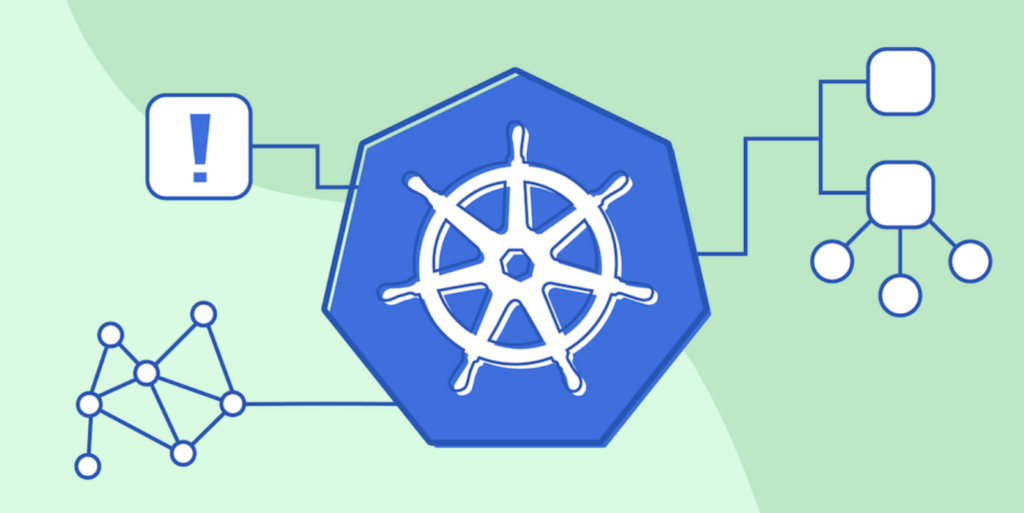Ensuring Ironclad Security for Your Containerized Applications
In today’s fast-paced and dynamic digital landscape, containerization has emerged as a game-changer, revolutionizing how software applications are developed, deployed, and managed. Containers provide a lightweight, scalable, and portable environment for running applications, empowering organizations to deliver software faster and more efficiently. According to research by Gartner “Containers allow security teams to wrap security controls and features around an application, rather than forcing developers to build those features each time”.
However, as with any technology, containerization has security considerations that must be addressed to safeguard your valuable assets. In this blog post, we will explore the importance of container security and discuss some best practices to ensure the robust protection of your containerized applications.
Network security focuses on securing computer networks from unauthorized access and threats. It involves measures such as firewalls, intrusion detection and prevention systems, secure network configurations, and encryption protocols to protect network traffic and data.

- Understanding Container Security: Container security safeguards the containerized application’s components, including the container images, host system, orchestration platform, and the underlying infrastructure. As containers share the same host kernel and runtime environment, a vulnerability or misconfiguration in one container can affect others or compromise the entire system. Therefore, adopting a comprehensive approach that covers all aspects of container deployment and management is crucial.
- Securing the Container Image: Container images are the building blocks for containerized applications. To ensure their protection, it is essential to follow these practices: a. Use trusted base images from reputable sources and regularly update them with the latest secure patches. b. Scan container images for vulnerabilities and malware using specialized tools. c. Employ image signing and verification to prevent tampering and ensure image integrity.
- Implementing Secure Deployment and Orchestration: Proper deployment and orchestration of containers are critical for maintaining a secure environment. Consider the following guidelines: a. Isolate containers using appropriate network segmentation and namespaces to minimize the impact of potential breaches. b. Implement strong access controls and least privilege principles to restrict container permissions. c. Regularly update and patch the container runtime and orchestration platforms to address known vulnerabilities.
- Ensuring Host Security: The security of the underlying host system is paramount for container security. Here are a few key measures to protect the host: a. Regularly update the host operating system with security patches and updates. b. Employ robust authentication mechanisms, such as SSH key-based authentication, for secure host access. c. Implement strict host-level access controls to prevent unauthorized access to the host system.
- Continuous Monitoring and Logging: Monitoring and logging play a crucial role in promptly detecting and responding to security incidents. Consider the following practices: a. Implement a centralized logging and monitoring solution to collect and analyze container logs and system events. b. Set up alerts and notifications for unusual container activities or security events. c. Leverage container-specific security tools to gain visibility into container behavior and detect potential security breaches.
- Regular Vulnerability Scanning and Penetration Testing: Regular vulnerability scanning and penetration testing on your containerized applications are essential to identify and address potential security weaknesses. These proactive measures help ensure your containers are resilient against evolving threats and vulnerabilities.
Conclusion:
Container should be integral to your overall DevOps and application lifecycle management strategy. By following best practices such as securing container images, implementing secure deployment and orchestration, maintaining host, continuous monitoring, and vulnerability scanning, you can significantly enhance the security posture of your containerized applications. With a robust security framework, you can confidently leverage the benefits of containerization while safeguarding your valuable assets from potential threats and attacks.
Remember, container is an ongoing effort. Stay updated with the latest security practices, industry standards, and emerging technologies to fortify your containerized infrastructure and ensure the integrity and protection of your applications. For more knowledge read our blogs on our website Auxin.io.






